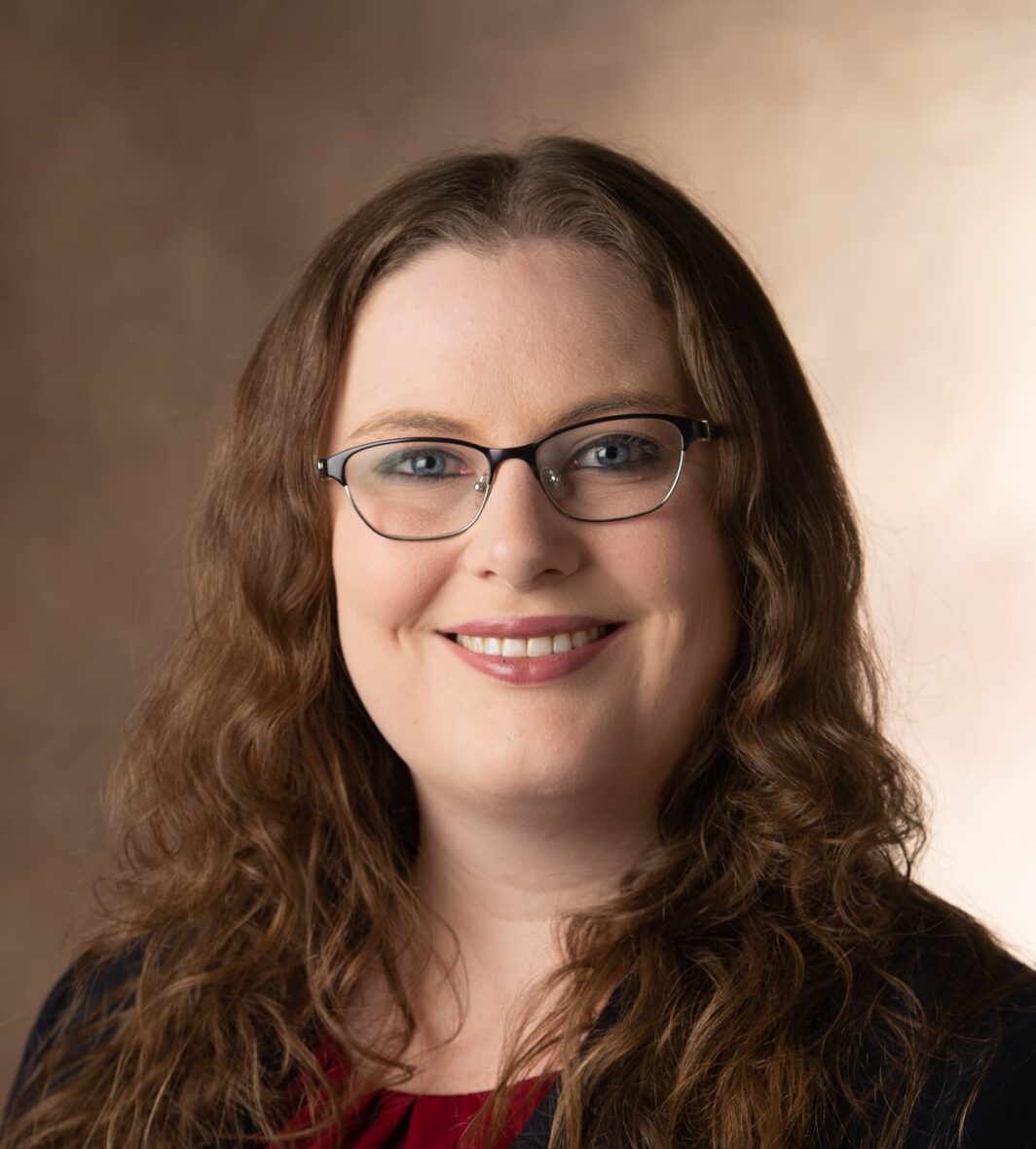Licensing in healthcare is one of the most complex and intricate systems in the United States. While physician licensing is relatively straightforward, with a medical degree and residency hours required for all practitioners and fees that are relatively small compared to their salaries, other healthcare professions do not have uniform requirements.
A person must undergo many steps and stages to get an occupational license.This can include specialized degrees and training, exams, language requirements, maintaining good moral character, and LOTS of fees in healthcare.
Have these fees gone too far? New graduates going into the medical field are paying hundreds, if not thousands, of dollars to state boards before their first day of work. This can be a huge hurdle for some lower-paid but crucial health occupations like home-health aides. The demand for healthcare services is expected to far outpace the number of graduates in the coming years, especially among low-wage positions.
A new dataset by the Knee Center for the Study of Occupational Regulation at West Virginia University documents the costs of licensure in every state. While this dataset is broader than just healthcare, it includes the first documented comparison of state licensing costs for 36 healthcare professions across all states.
Fees have the least amount of consistency across states and communities. While some states may not charge medical professionals to practice, others charge hundreds of dollars to use the skills these professionals went to school, and paid years of tuition, to learn. And fees have not been stagnant; a survey with three waves of fee information over the last 10 years found licensing fees in states are creeping upward.
Some states are far out of alignment with competitive markets for these new graduates. In most states the initial licensing fee to become a dental hygienist costs between $75 and $200. Yet, Nevada has a fee nearly three times more expensive, at $600. This fee may keep out new workers and contribute to Nevada’s 70 rural and non-rural communities designated a dental healthcare professional shortage area.
This isn’t limited to only one profession. Oregon charges $910 for a lactation consultant license, while 46 states don’t charge for this profession and recognize professional certifications instead of enacting additional state licensing. Alaska and Maryland charge new massage therapists more than $500 to start work, even when the national average is $150. Washington state charges $370 to all new ocularists who fit patients with prosthetic eyes, even when 48 other states do not charge or require a license. Wyoming charges radiologic technician assistants $225, more than double the national average.
Cases like these may be few and far between, but the ability to find and correct these discrepancies is a vital role for lawmakers and board members. Assessing fees and avoiding overcharging new hires ensures that state residents can work right out of school and are not pushed out of the profession before they even begin.
Not every healthcare worker is paid as much as a neurosurgeon or ophthalmologist. For some fields, like speech-language pathology assistants or massage therapists, an extra couple hundred dollars can force some practitioners to leave the industry. Which also means leaving communities without care providers. The high fees may also dissuade out-of-state healthcare providers from moving in, setting up shop, or providing services across state lines.
From acupuncturists to surgeons, this dataset expands our understanding of costs to practice medicine and gives practitioners and policymakers a new set of tools to analyze how their state compares to their neighboring states. Fixing outrageous fees some states charge medical professionals is just one way to address the practitioner shortage by removing unnecessary barriers to practice.
As shortages are expected to worsen as the population ages, a thoughtful approach to what factors may keep healthcare workers from moving to your community helps better prepare for the future. While addressing misaligned fees is one step, other steps can include making it easier to recognize out-of-state licensing through programs such as universal recognition.


